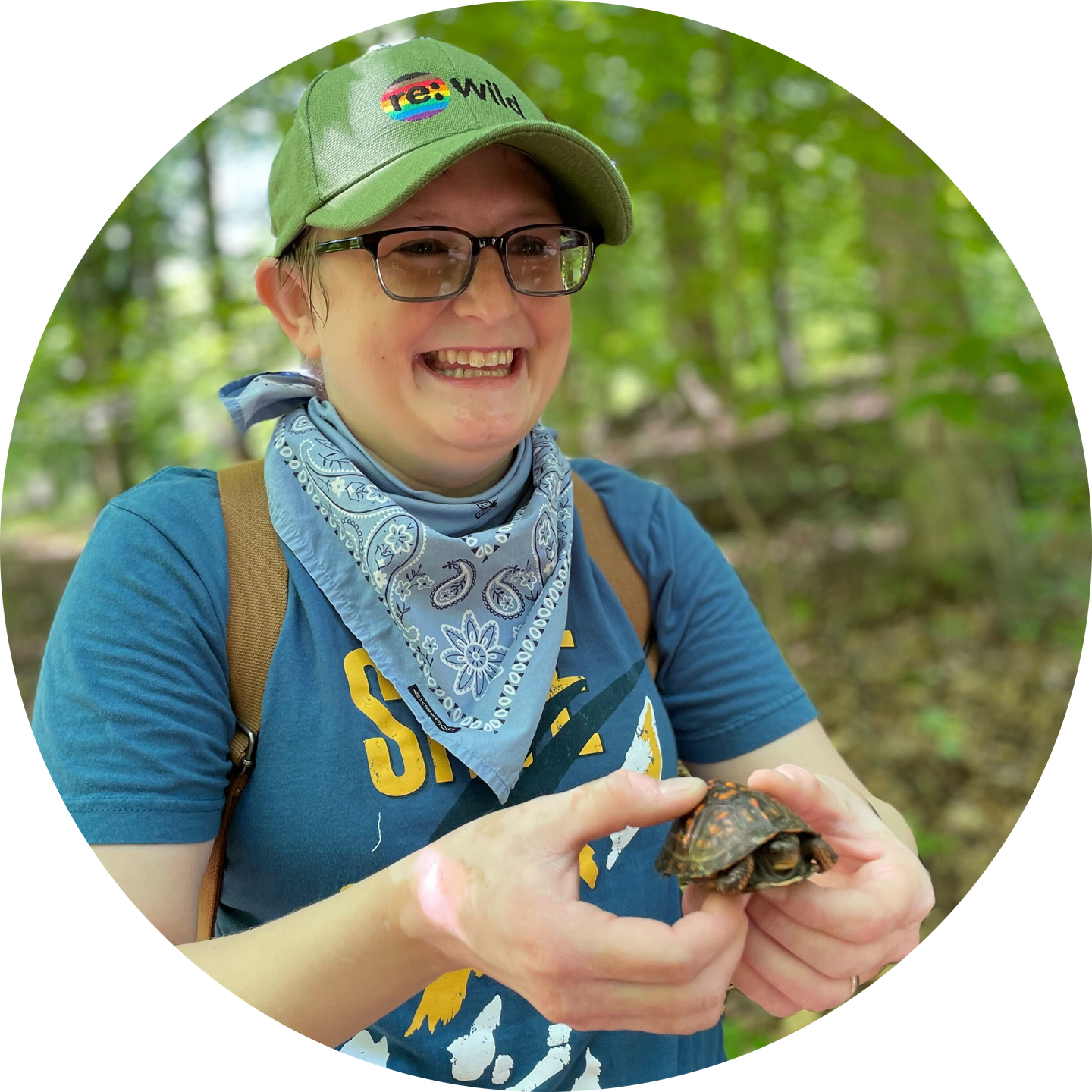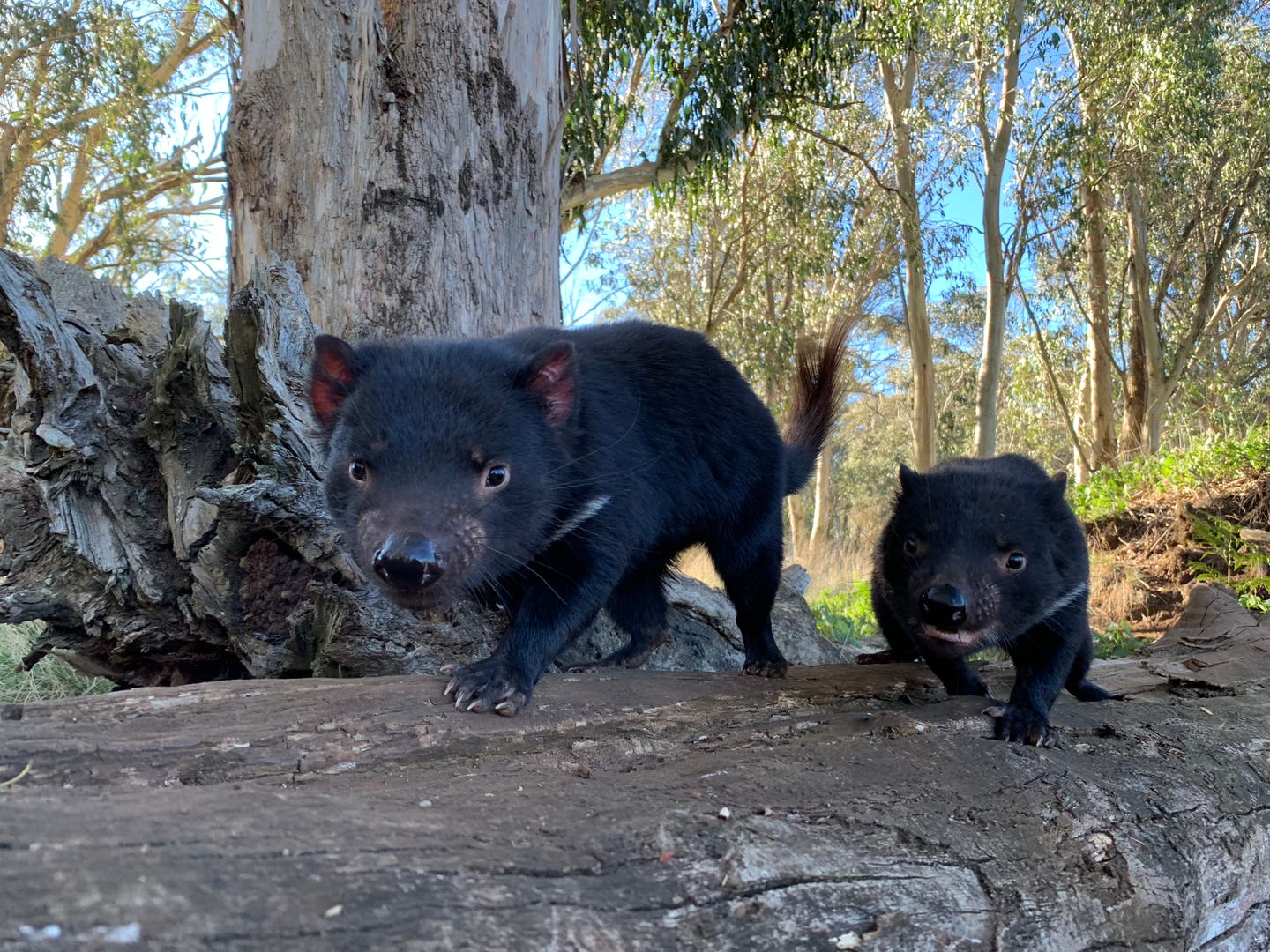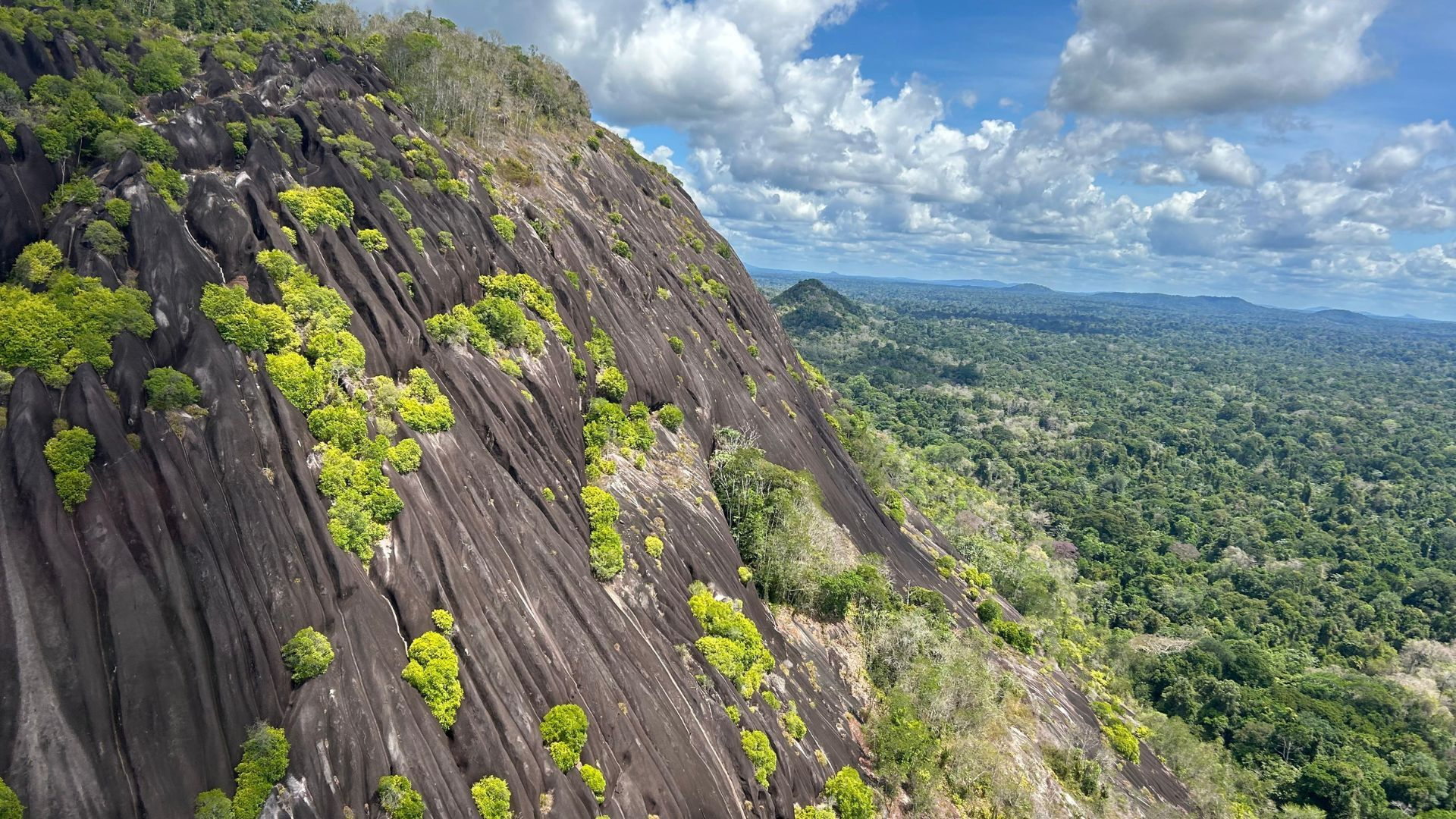With the birth of the first set of joeys in the wilds of mainland Australia this year, 2023 is already shaping up to be a banner year for the endangered Tasmanian devil. The three joeys were born to a Tasmanian devil named Adventurous Lisa, who was one of 11 individuals released into a 1,000-acre (400-hectare) wildlife sanctuary in Australia’s Barrington Tops in 2020.
Actors Chris Hemsworth and Elsa Pataky joined the 2020 event and helped release both Lisa and another devil, named Lenny, into the wild. Since the reintroduction that year, 21 additional adults have been released into the wild and 16 joeys total have been born. These efforts have been led by Aussie Ark with partners Re:wild, WildArk and the Australian Reptile Park.
“We were in the middle of routine devil health checks when we were overjoyed to discover Lisa had joeys,” said Tim Faulkner, Aussie Ark managing director. “This is the very first confirmed devil joeys of 2023, and proof yet again that our breeding program and rewilding program is working.”
Initial pouch checks showed that Lisa’s joeys appear to be in great health and developing normally. Aussie Ark rangers will continue to monitor Lisa through camera traps and will conduct follow-up pouch checks in the coming weeks. Aussie Ark estimates that 45 Tasmanian devil joeys will be born in the wild sanctuary this year, making this the most successful breeding season yet.
Tasmanian devils vanished entirely from mainland Australia in large part because they were outcompeted by introduced dingoes, which hunt in packs. Dingoes never made it to Tasmania, but across the island state, a transmissible, painful and fatal disease called Devil Facial Tumor Disease (DFTD)—the only known contagious cancer—decimated up to 90 percent of the wild population of Tasmanian devils. Just 25,000 devils are left in the wild of Tasmania today.
For the last decade, the Aussie Ark team has been building an insurance population of Tasmanian devils and learning everything they can about the animals, including about their reproductive physiology, behavior, and ecological needs, all leading up to the 2020 reintroduction.
As native apex predators and the world’s largest carnivorous marsupials, Tasmanian devils help control feral cats and foxes that threaten other endangered and endemic species. And because they are scavengers, they help keep their home clean and free of disease.
“This is a great example of how returning a species to its wild home can rewild the entire ecosystem,” said Janice Chanson, Re:wild senior associate of species conservation. “This is particularly important in combatting climate change and biodiversity loss and in improving the overall health of our planet. Aussie Ark is also providing a model for how we can effectively rewild struggling ecosystems around the world.”
Aussie Ark selects the devils for reintroduction based on those most suitable to breed with one another without any inbreeding. The wild sanctuary prevents the spread of disease, feral pests, noxious weeds and fire, which was catastrophic last year for the country. The wild sanctuary also keeps cars out, ensuring that the devils learn not to associate cars with food—an association that could be deadly when they are more widely released.
Aussie Ark founded a Tasmanian devil breeding program in 2011 with 44 individuals. Over the years, nearly 500 joeys have been born and raised at Aussie Ark in a way that encourages and fosters their natural behaviors, helping ensure that they maintain all the skills they need to survive in the wild.
“This is a real success story for devils, and it is heart-warming to see that all the hard work that has gone into this project has been rewarded with the birth of these joeys,” said Mark Hutchison, WildArk co-founder.
The animals released into the wild are monitored through regular surveys, radio collars fit with transmitters, and camera traps. This gives the researchers the opportunity to learn about how the devils are faring, where they are claiming territory, what challenges they are facing, and what they are eating. All of this information will help to inform future releases, including in Tasmania and elsewhere on the mainland, to continually refine the process.
The Tasmanian devil is one of seven cornerstone species critical to Australia’s ecosystem that Aussie Ark plans to reintroduce to the wild sanctuary in the coming years, all chosen to help restore the natural balance: Eastern quoll, Brush-tail rock wallabies, Rufous bettong, long-nosed potoroo, parma wallabies and southern brown bandicoots.
Aussie Ark’s partners include Re:wild, WildArk, Glencore, Australian Geographic, Australian Reptile Park, WIRES and FAME.
# # #
Re:wild Re:wild protects and restores the wild. We have a singular and powerful focus: the wild as the most effective solution to the interconnected climate, biodiversity and human wellbeing crises. Founded by a group of renowned conservation scientists together with Leonardo DiCaprio, Re:wild is a force multiplier that brings together Indigenous peoples, local communities, influential leaders, nongovernmental organizations, governments, companies and the public to protect and rewild at the scale and speed we need. Learn more at rewild.org.
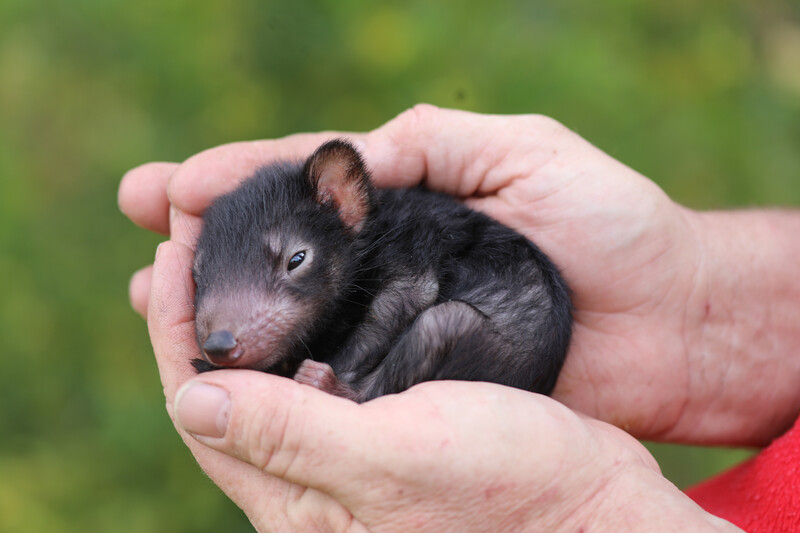
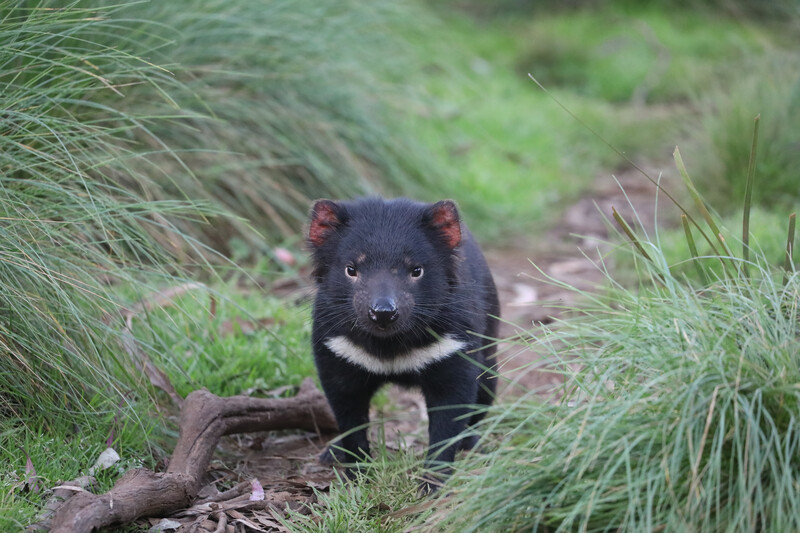



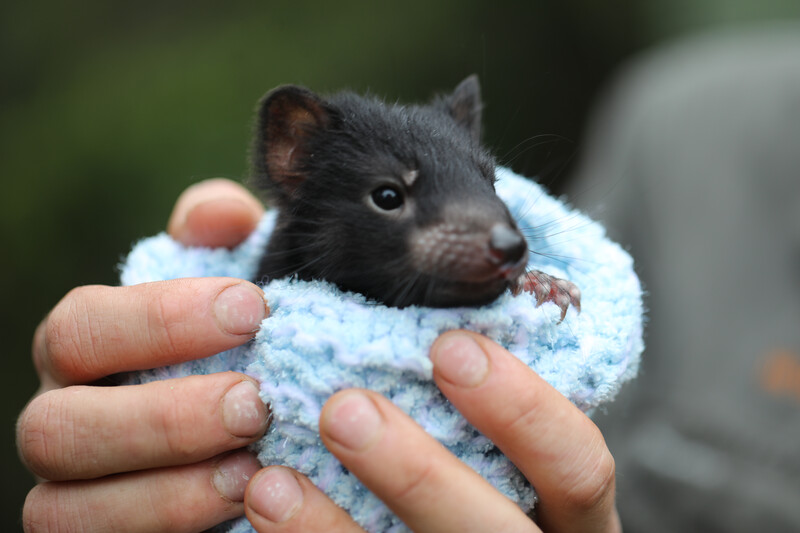
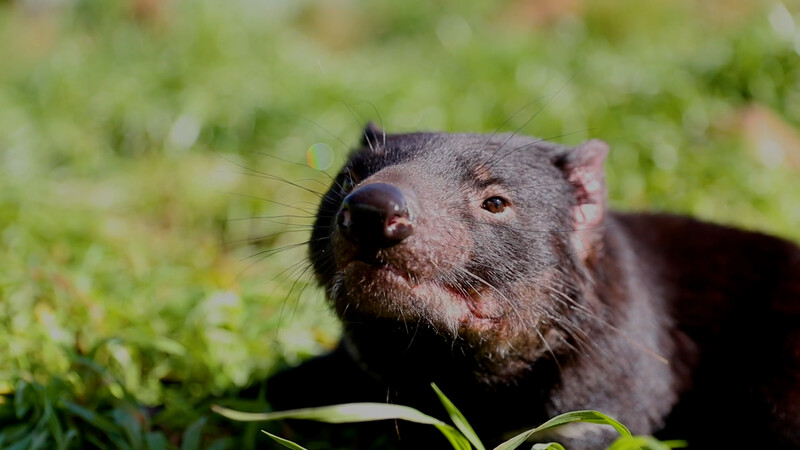
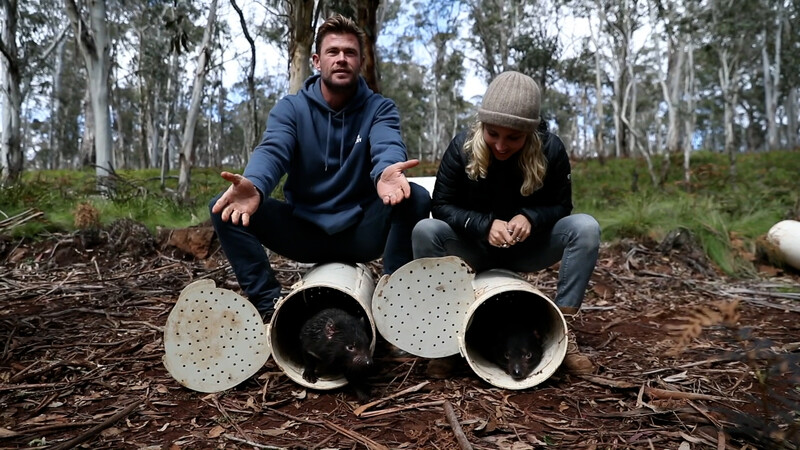
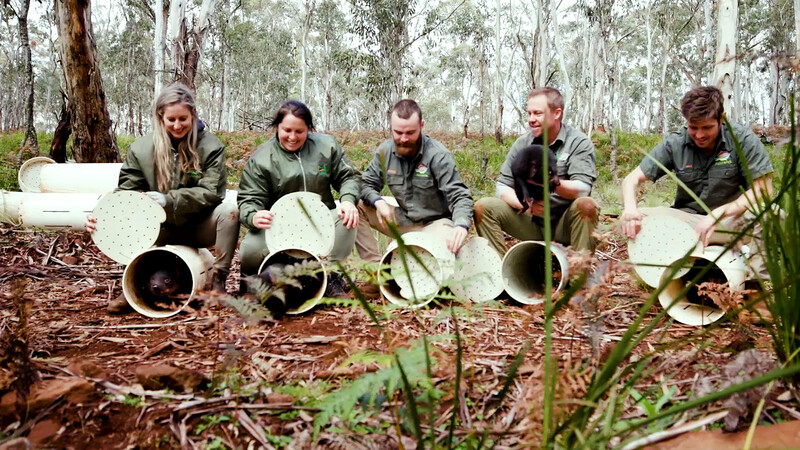

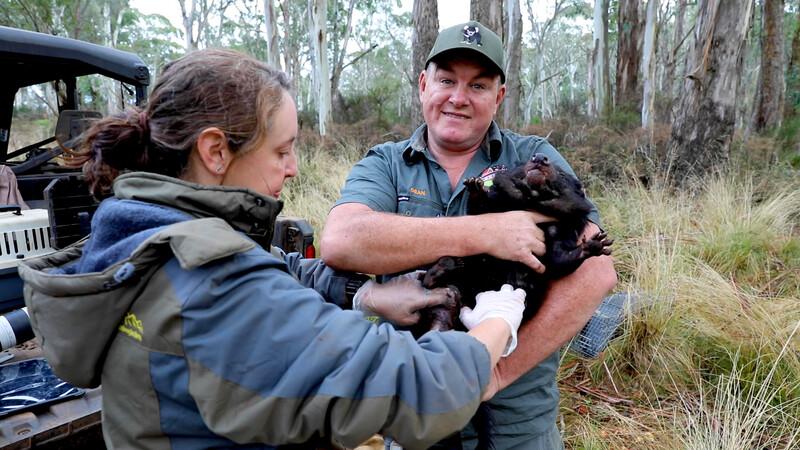
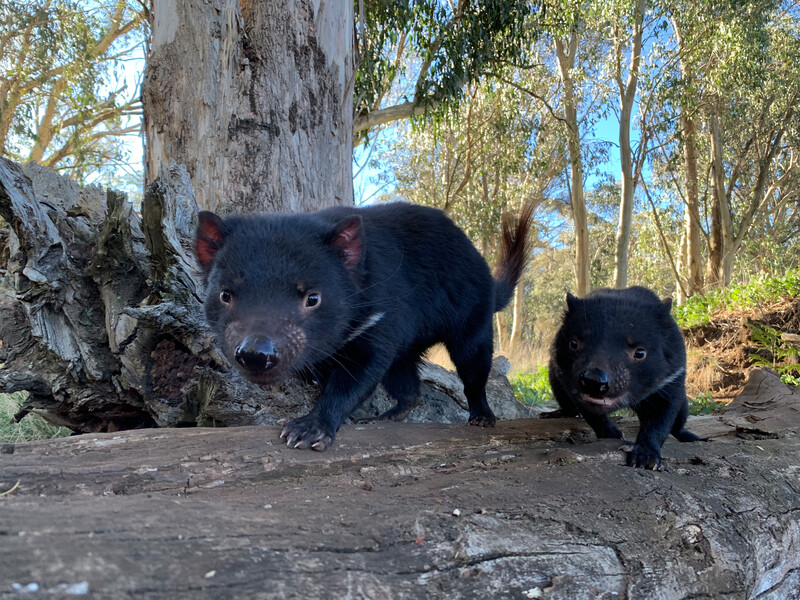
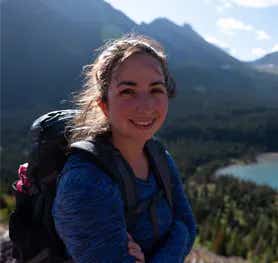
Devin Murphy
Writer
Devin Murphy is Re:wilds’s senior communications specialist and helps Re:wild and its partners tell stories about the work they do to protect wildlife and wildlands around the planet. Her favorite stories about conservation include fascinating and little-known species and the dedicated humans protecting them.
